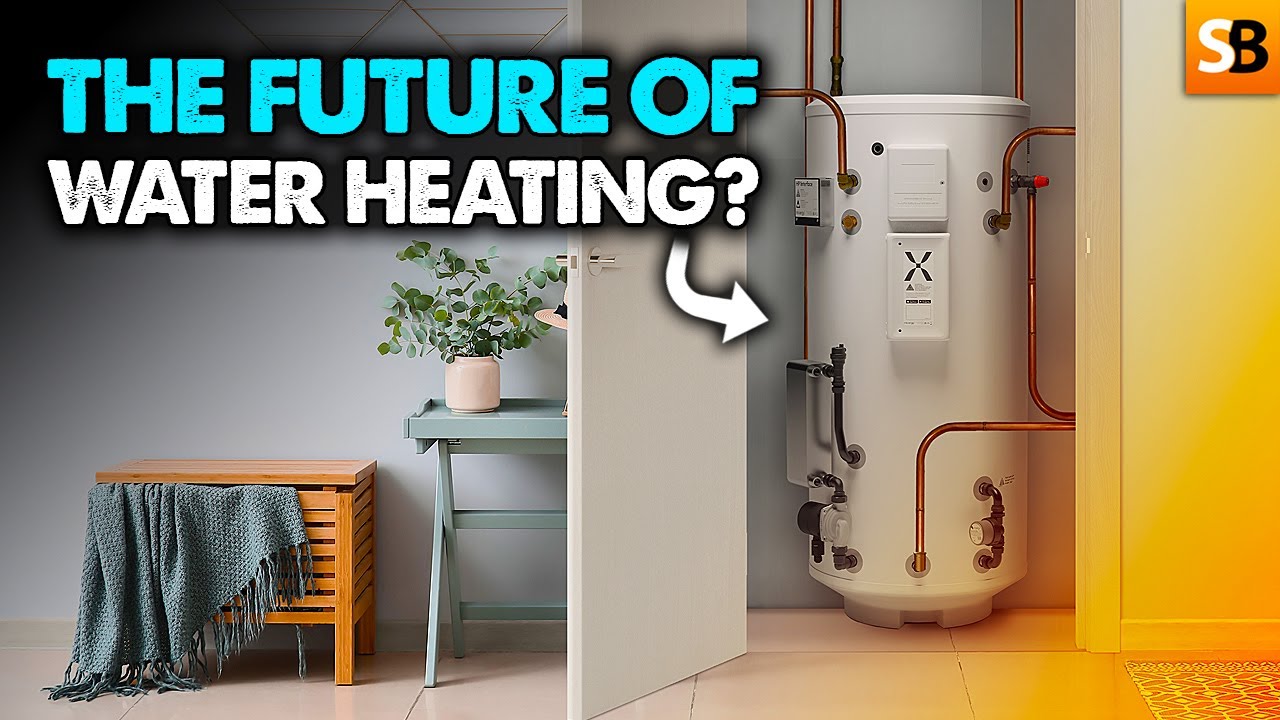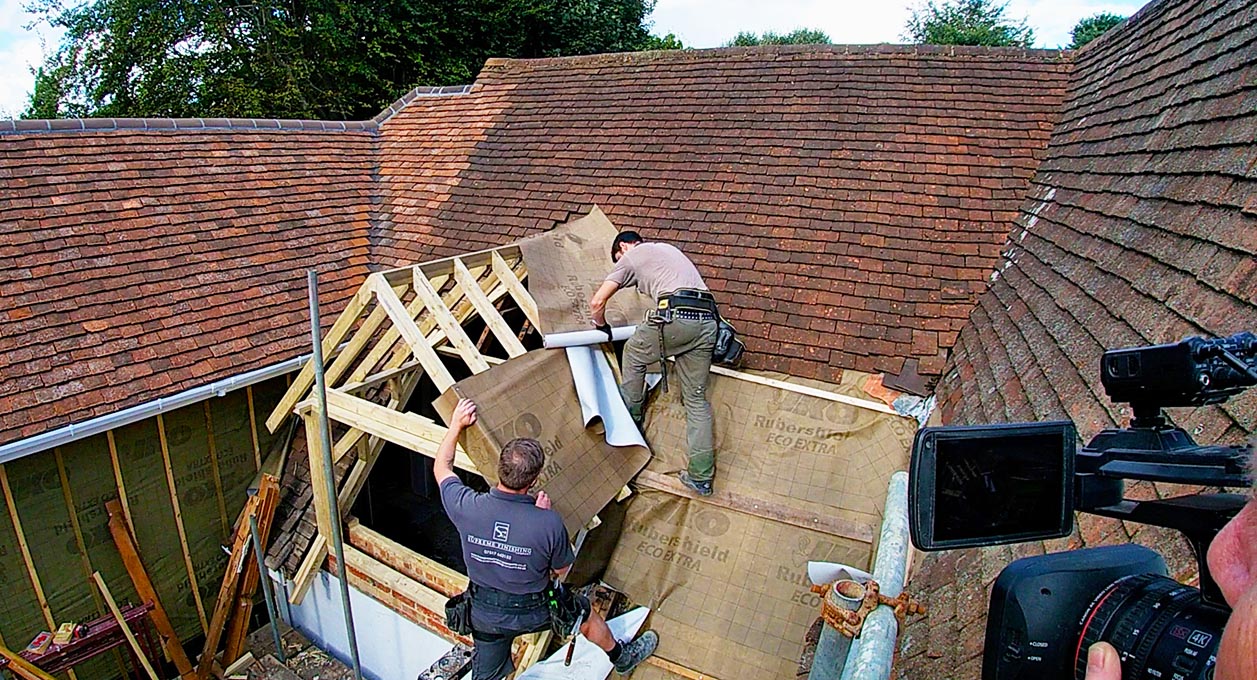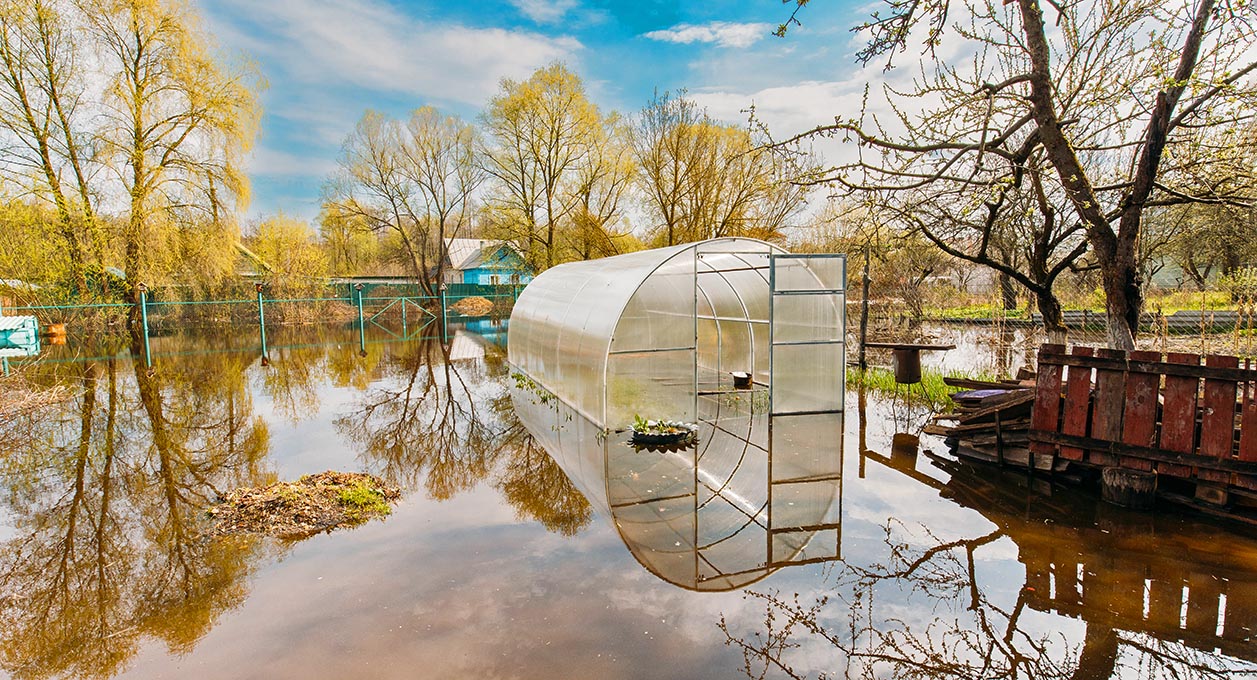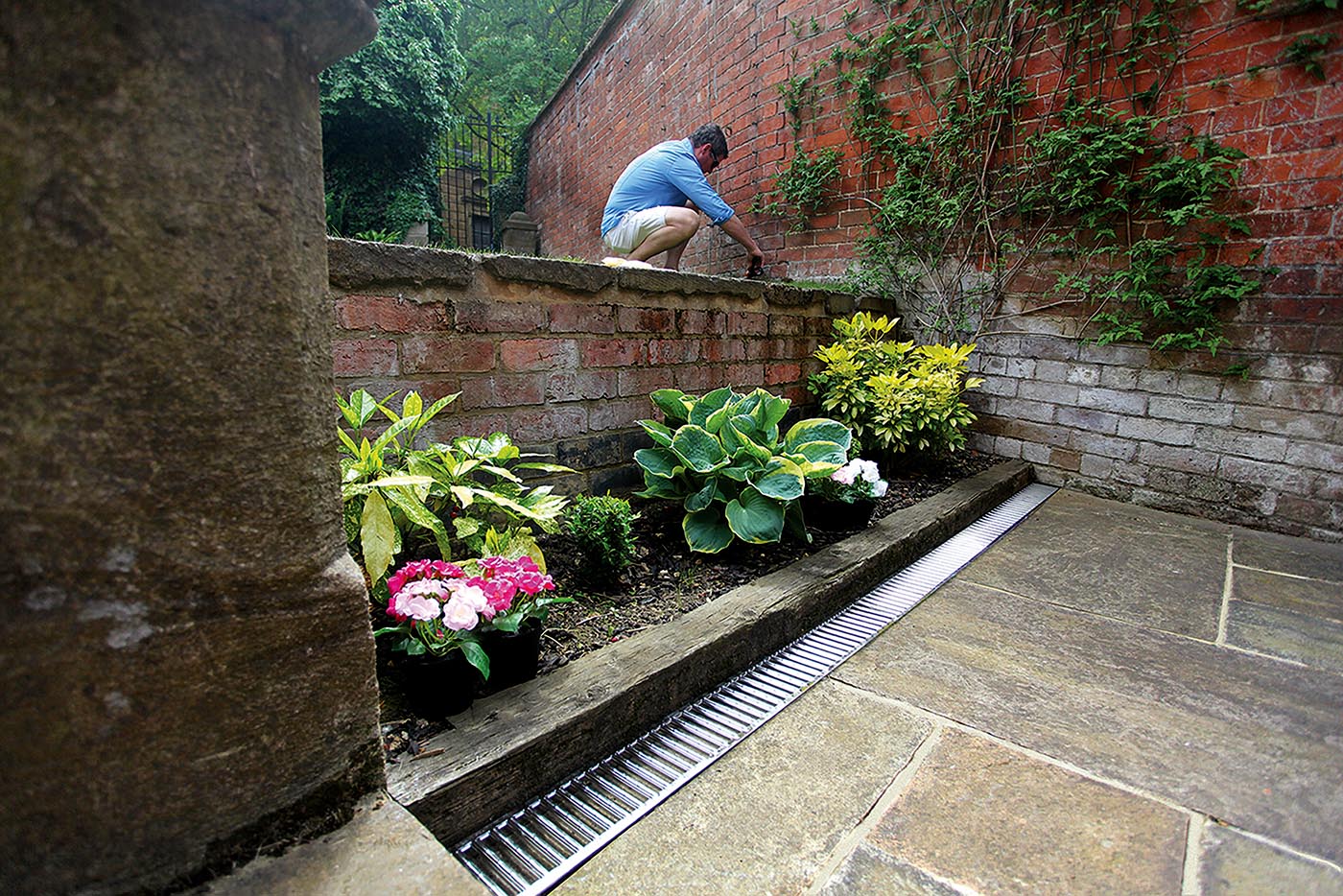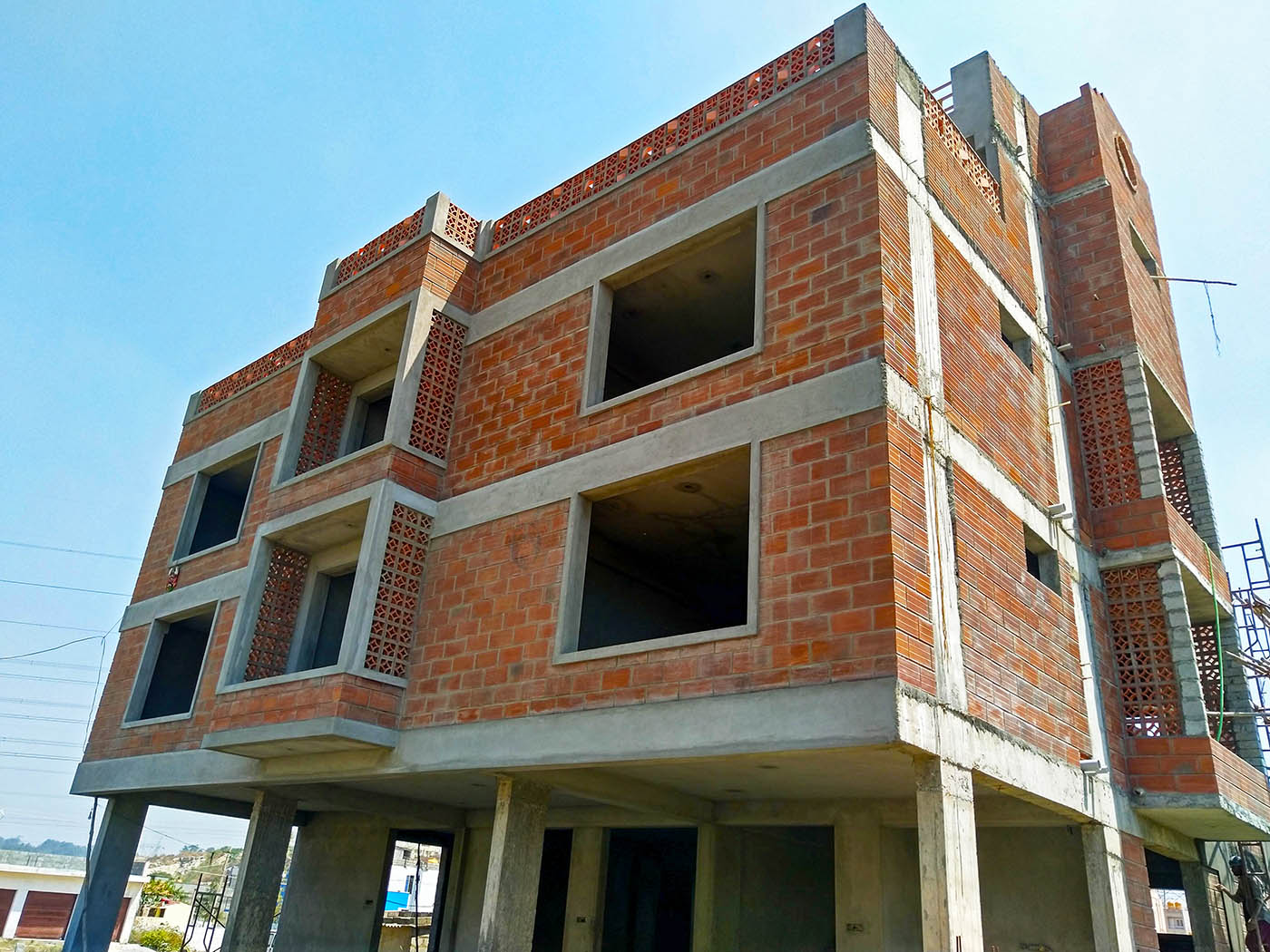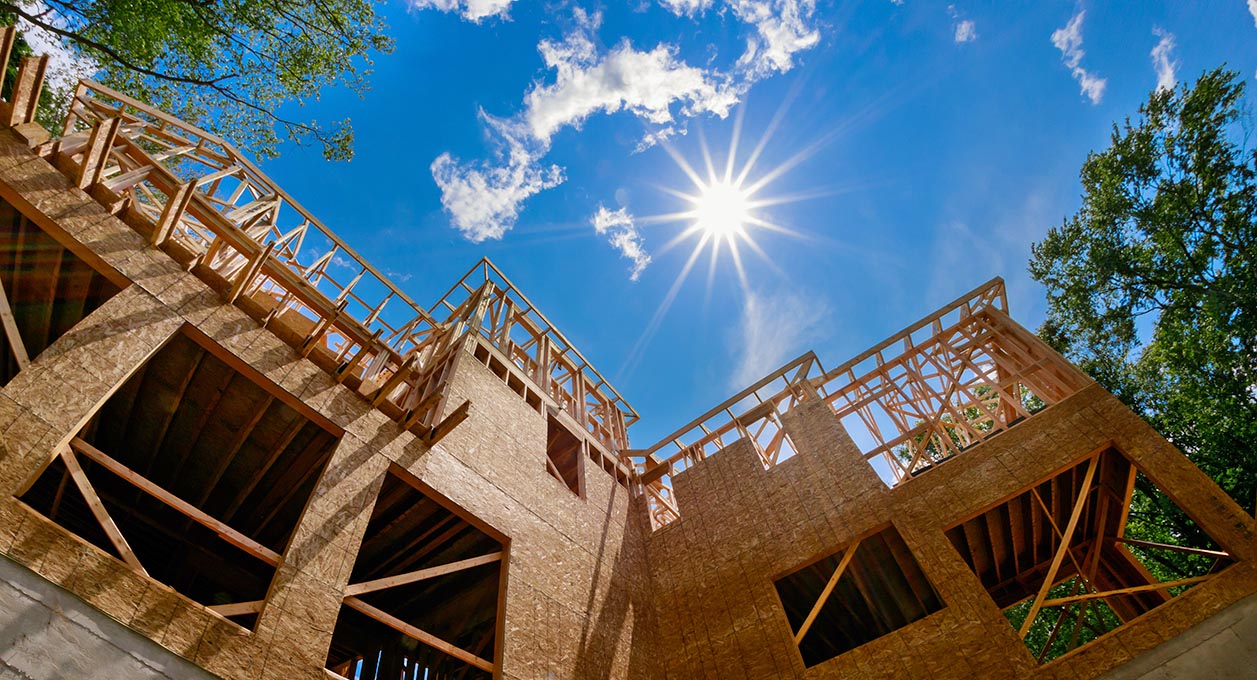Boilers:
https://www.intergasheating.co.uk
Xceed Monobloc Air Source Heat Pump:
https://www.intergasheating.co.uk/homeowner/products/xceed-monobloc
Try the Intergas Boiler Finder:
https://www.intergasheating.co.uk/homeowner/support/boiler-finder
See intergasheating8537 on YouTube
https://www.youtube.com/@intergasheating8537
______________________
ABOUT
Intergas has a rich history and a reputation for innovation in the heating industry. Founded in the Netherlands over 50 years ago, they have been a pioneer in the development of heating technology. The company began as a manufacturer of domestic heating products and steadily expanded its product line to include high-efficiency condensing boilers.
One of this companies significant milestones was the introduction of their unique two-in-one heat exchanger in the 1990s. This innovation combined the functions of a central heating boiler and a water heater into a single component, reducing the number of moving parts and improving reliability. The two-in-one heat exchanger is a hallmark of Intergas boilers, allowing them to operate without a diverter valve, a common point of failure in traditional boilers.
In the 2000s, they continued to push the boundaries of boiler technology with the launch of the Combi Compact HRE and the Rapid model. These boilers featured simplified designs with fewer parts, enhancing durability and ease of maintenance. The Compact HRE, in particular, was designed to condense in both heating and hot water modes, maximizing efficiency and minimizing energy losses.
Another notable innovation is the passive flue gas heat recovery system found in models like the Xtreme and Xclusive. This system captures and recycles heat that would otherwise be lost through the flue, further boosting energy efficiency and reducing heating costs.
Their commitment to sustainability and efficiency is evident in their product offerings. Many of their boilers are designed to be compatible with renewable energy sources, such as solar panels, making them an excellent choice for environmentally conscious consumers.
The company’s ethos revolves around reliability, simplicity, and efficiency. By minimizing the number of moving parts and incorporating advanced heat exchanger technology, their boilers are designed to be both durable and highly efficient, providing consumers with reliable heating solutions that stand the test of time. This dedication to quality and innovation has made Intergas a respected name in the heating industry.
______________________
WHAT ARE THEY SAYING?
“Flawless! We can’t recommend enough.” – Boiler Central
https://www.boilercentral.com
“Absolutely brilliant boiler, whisper quiet, hot water flow is very impressive.” – Trustpilot Review
“Minimalist design with as few moving parts for greater reliability and reduced chance of any component failure.” – Bumblebee Plumbing
“User-friendly display and Passive Flue Gas Heat Recovery enhance energy efficiency dramatically.” – Bumblebee Plumbing
“Intergas Rapid has a flow rate of up to 11.2 litres per minute, making it reliable and easy to maintain.” – Green Central
“Energy efficiency rating of SEDBUK A, can condense in both hot water and heating modes.”
Boiler Central
“Ten-year warranty on parts and labour as standard, extendable by further two years with an Intergas filter.” – HeatingForce
“The HRE line is versatile, easily convertible from a regular combi to a system boiler.” – Bumblebee Plumbing
“Reliable and long-lasting due to minimalist design with fewer moving parts.” – HeatingForce
“The Compact HRE OV has a feature that helps save energy and reduce heating bills by automatically adjusting its capacity.” – Boiler Central
More From Skillbuilder – Intergas













